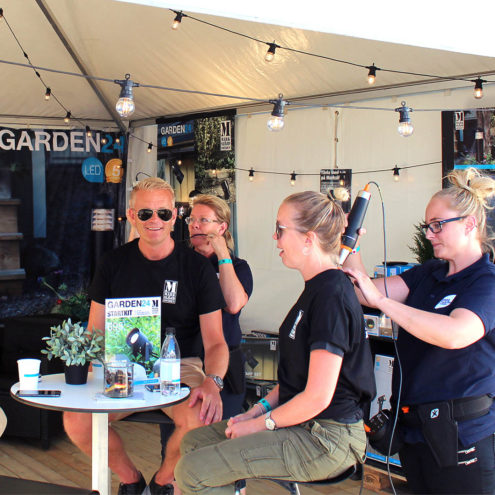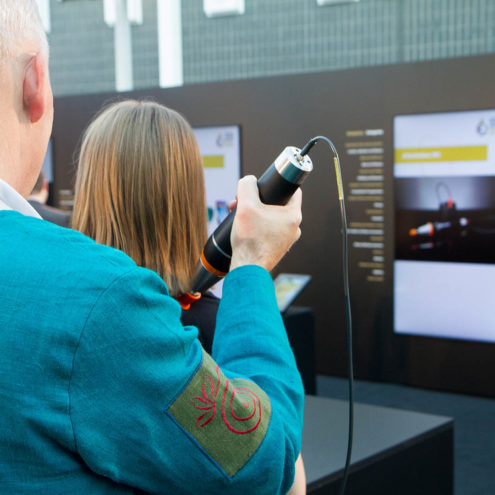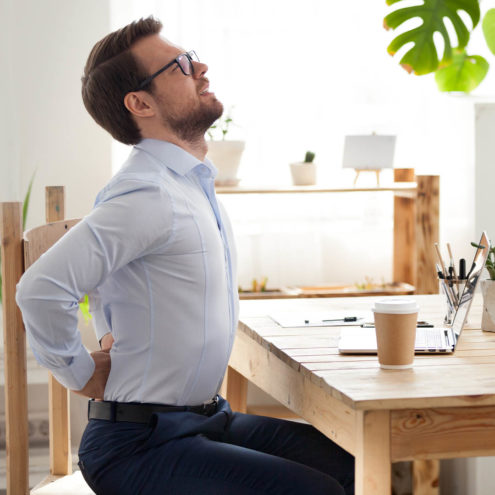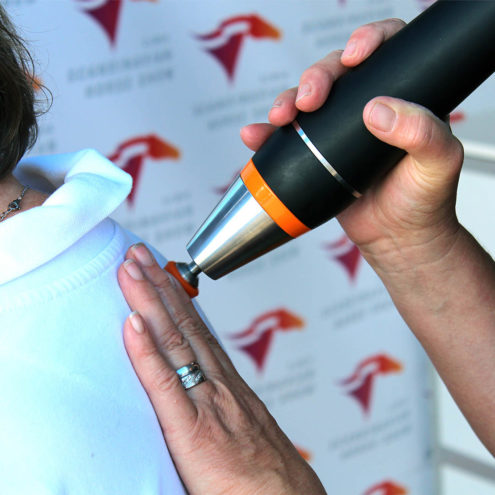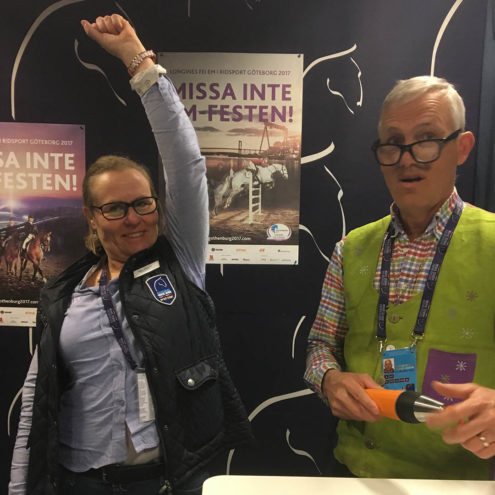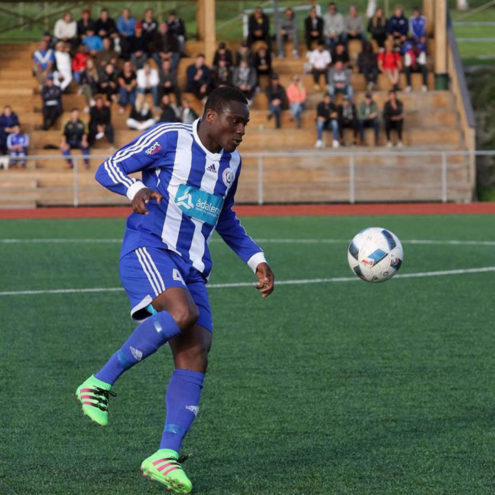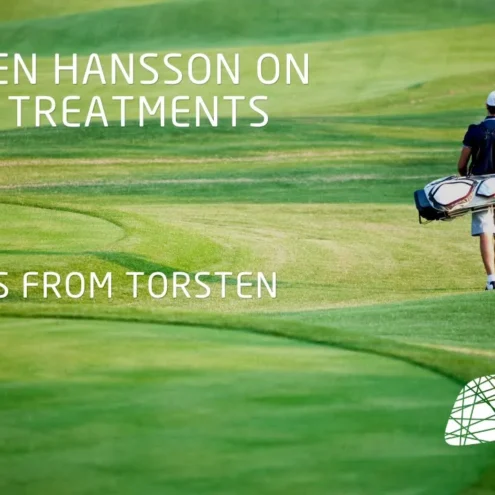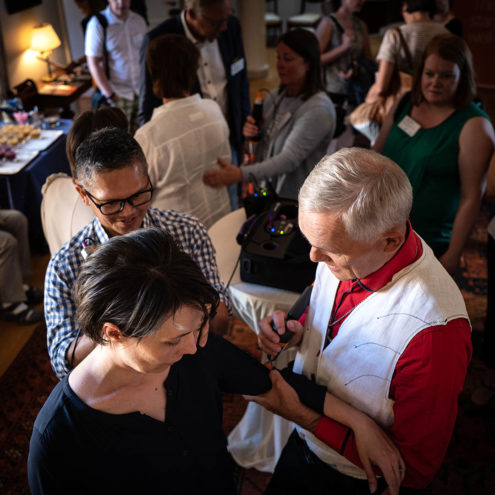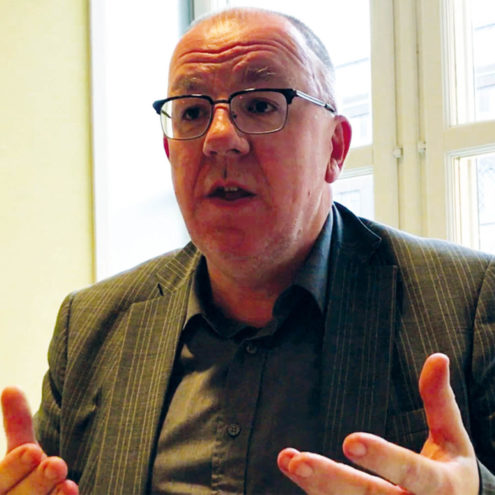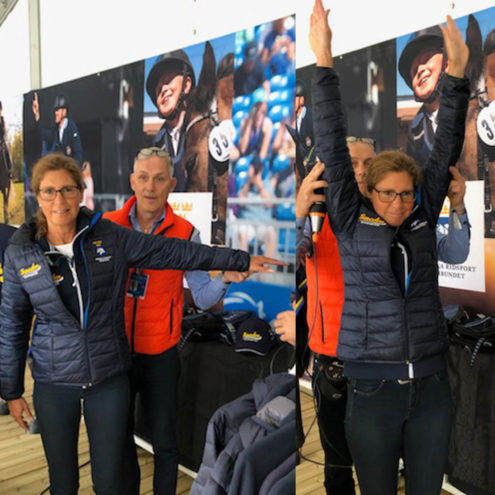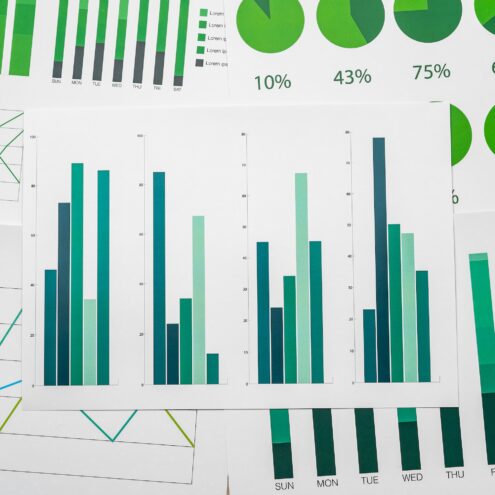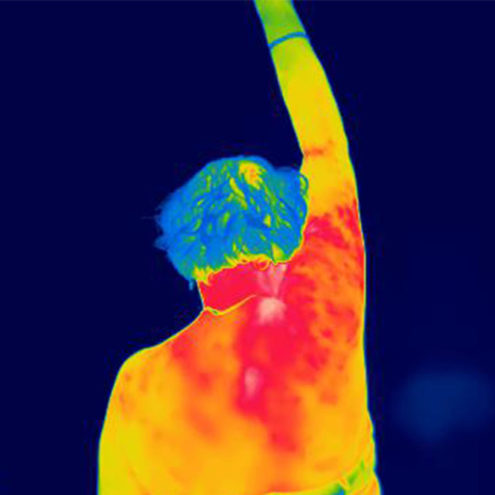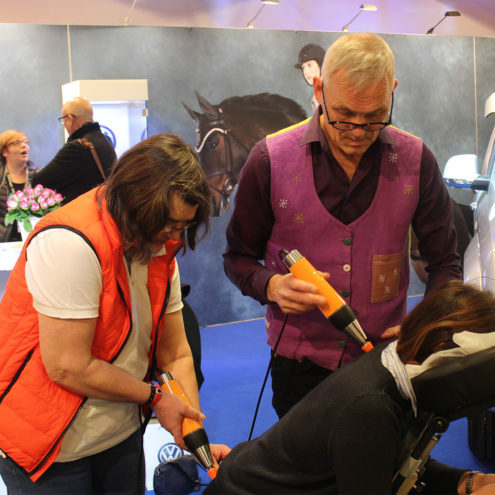Sever’s Injury: Symptoms and Treatment

What is Sever’s injury?
Sever’s injury, also known as calcaneal apophysitis, is an overuse injury of the growth zone of the heel bone. It is one of the most common causes of heel pain in children and adolescents aged 8-15 years. The growth plate is made up of soft cartilage that produces bone cells and then becomes ossified when we become adults. Growth zones are particularly sensitive to stress and overload during the child’s growth phase.
Definition and cause
Sever’s lesion is defined as inflammation of the growth zone (apophysis) of the heel, where the Achilles tendon attaches. Growth zones are made up of cartilage that eventually calcifies into bone as the child grows up. This cartilage tissue is more susceptible to damage and inflammation, especially when exposed to repeated loads and stress. The cause is most often related to excessive and repeated pulling from the Achilles tendon on the growth plate, leading to irritation and inflammation.
Common affected age groups
Sever’s injury mainly affects children and adolescents aged 8-15 years, with a higher frequency in boys than girls. This coincides with periods of rapid growth, which means that bones and soft tissues don’t always have time to adapt to the increased load from physical activity. Children involved in activities such as running, soccer, gymnastics and basketball are particularly prone to developing this injury.
Why does Sever’s injury occur?
Achilles tendon overload
Overloading of the Achilles tendon is a primary cause of Sever’s injury. During intense physical activity, such as running and jumping, the Achilles tendon is repeatedly pulled on the growth zone of the heel bone. This repetitive pulling can lead to inflammation of the Achilles tendon and pain. Activities that require sudden stops and starts, quick turns, and repeated landings from high jumps are particularly stressful on the Achilles tendon and the heel growth plate.
Growth-related factors
During rapid growth, bones, muscles and tendons do not always grow at the same rate. The rapid growth of bone can exceed the growth of soft tissues, leading to increased tightness in the Achilles tendon. When the heel grows faster than the Achilles tendon, this can cause additional traction and irritation at the attachment in the growth zone. This imbalance between bone and soft tissue can worsen inflammation and pain.
Activities and risk factors
Several activities and factors can increase the risk of developing Severs injury:
Sports activities: Children participating in sports such as running, soccer, gymnastics and basketball are particularly vulnerable due to the repetitive stresses on the heels.
Training on hard surfaces: Training or competing on hard surfaces, such as asphalt or concrete, can increase the strain on the heel and contribute to the development of Sever’s injury.
Incorrect footwear: Wearing shoes that do not provide sufficient support or cushioning can increase the risk of injury. Poorly fitting shoes can also aggravate heel strain.
Overweight: Being overweight can increase the strain on your heels, increasing the risk of inflammation and pain.
Symptoms of Sever’s injury
The symptoms of Sever’s injury are mainly localized to the heel and can vary in intensity depending on the degree of inflammation and strain.
Achilles tendon pain
Sore heel: Pain is most often felt on the back or underside of the heel, near the attachment of the Achilles tendon. This pain may be sharp, burning or throbbing.
Worsening pain with activity: Pain tends to worsen during and after physical activity, especially involving running, jumping or longer walks. The pain may also be worst in the morning or after periods of inactivity.
Swelling and tenderness
Swelling: The heel may be swollen and sometimes warm to the touch, which is a sign of inflammation.
Soreness: The area around the heel may be tender to pressure, making it painful to stand, walk or press on the heel.
Difficulty walking or running
Walking problems: the child may have difficulty walking normally and may start limping to avoid putting pressure on the painful heel.
Activity limitations: The pain may limit the child’s participation in sports and other physical activities. In severe cases, the child may need to avoid any kind of weight-bearing activity on the affected heel.
Treatment Severs injury
Treating a Sever’s injury involves reducing pain and inflammation and providing support to the heel during healing. Treatment is often non-surgical and focuses on conservative methods.
Diagnostics
An accurate diagnosis is essential to provide effective treatment. Diagnosis is usually made through a combination of medical history and physical examination:
Medical history: Review of the child’s symptoms, previous injuries, activity level and training. It is important to identify when the pain started and what activities aggravate or relieve the pain.
Physical examination: The doctor examines the heel to assess pain, swelling and tenderness. Gait analysis may also be used to identify any lameness or abnormal gait.
In rare cases, diagnostic imaging, such as X-rays, can be used to rule out other conditions, such as fractures or other bone-related problems.
Treatment options
The treatment of Sever’s injury is mainly conservative and aims to reduce pain and inflammation and to support the healing process:
Rest: avoiding activities that aggravate the pain is crucial to reduce the strain on the heel. This may mean that the child needs to take a break from sports activities.
Cold: Apply ice to the affected area for 15-20 minutes several times a day to reduce swelling and pain. Use an ice pack or a bag of frozen peas wrapped in a towel.
Anti-inflammatory medicines: Over-the-counter medicines such as ibuprofen or paracetamol can help relieve pain and inflammation. These medicines should be used as directed and in consultation with a doctor.
Heel cups and shoe inserts: Using heel cups or specially made shoe inserts can provide support and cushioning to the heel, reducing stress on the growth plate.
Stretching and strengthening exercises: Specific exercises to stretch the Achilles tendon and strengthen the muscles around the ankle can help relieve symptoms and prevent recurrence.
Physiotherapy: A physiotherapist can provide a personalized treatment plan and oversee rehabilitation. This may include manual therapy, ultrasound treatment and guidance for home exercises.
Prevention
To prevent the recurrence of Sever’s injury, the following measures can be effective:
Wear the right shoes: Make sure your child wears well-fitting shoes with good support and cushioning, especially for sports activities. Avoid shoes with flat soles or poor shock absorption.
Regular stretching: Regular stretching exercises for the Achilles tendon and calf muscles can reduce the risk of recurrent problems. Stretching exercises should be performed daily and before physical activity.
Gradual increase in activity: Increase exercise intensity and duration gradually to avoid overload. Avoid sudden increases in exercise volume or intensity.
Warm-up and cool-down: Encourage your child to warm up before exercise and cool down afterwards to prepare muscles and joints for activity. This can include light jogging, dynamic stretching and relaxation.
Follow-up
Regular follow-up with a doctor or physiotherapist may be necessary to monitor the healing process and adjust the treatment plan if necessary. Follow-up visits can help identify any problems early and ensure that the child is making progress.
How We Can Help With Sever’s Injury
Understanding the causes and symptoms is the first step towards finding effective relief for Sever’s injury. At the FasciaClinics, we take a holistic approach to treating the knee joint. Our team of therapists use fascia therapy to relieve tension and pain. The fascia is the network of connective tissue that binds and permeates everything in our body. All cells, tissues (even bone tissue), muscles and organs contain fascia.
Fascia treatment focuses on releasing tension and adhesions in the fascia and increasing its flow. By reducing pressure and increasing circulation, cell membranes can more easily absorb nutrients and release waste products. In this way, fascia treatment can promote the body’s own healing. The treatment is pleasantly relaxing and painless. It gets the whole body flowing and helps to balance the posture so that the body is evenly loaded.
During a visit, we analyze the whole body to see where compensations and imbalances are and how they have spread. If there is an imbalance in the body, there is a risk that it will spread and affect other structures such as muscles and joints. That’s why it’s very important to seek help quickly as soon as you notice any symptoms.
Fascia treatment for Severs injury involves adjusting the pelvis and balancing the body to make the load on the legs and feet more even. A more even load will reduce stress on the heel bone and improve foot mobility. It is important to rest the foot after treatment and gradually return to activity to prevent further injury and complications.
By combining medical treatment with self-care measures and prevention strategies, we can help you relieve knee pain when climbing stairs and improve your quality of life. Contact us to discuss your symptoms and develop a treatment plan that fits your needs.
 Search
Search

